
The Greek island of Santorini is experiencing an ongoing series of earthquakes, with more than 8,000 tremors recorded since late January.
The situation has sparked widespread concern among residents and authorities, as uncertainty remains over whether the seismic activity is linked to a potential volcanic eruption or solely caused by tectonic shifts.
Experts are closely monitoring potential risks, including the possibility of a major earthquake, tsunami, or even a small-scale volcanic eruption.
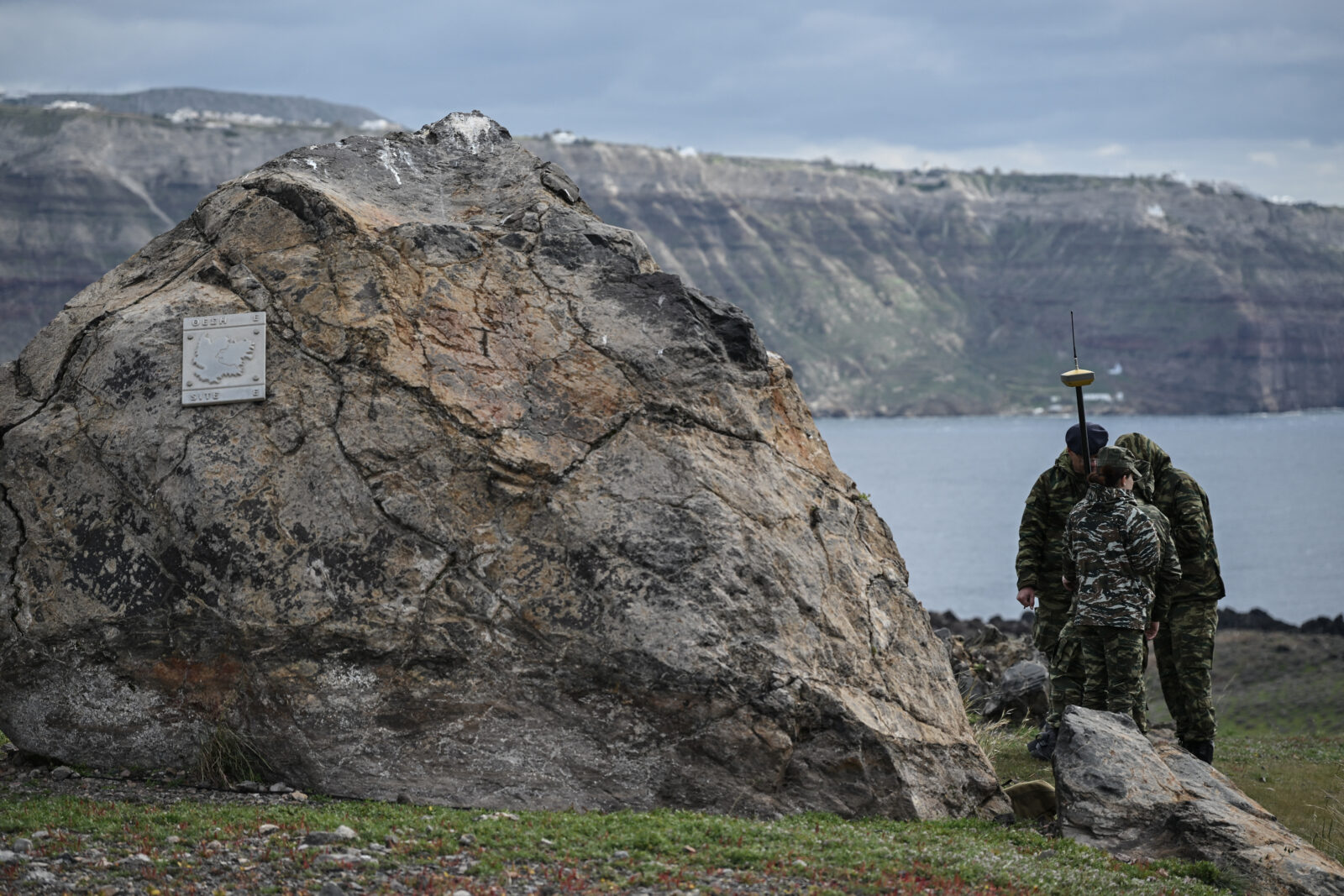
A 5.0-magnitude earthquake struck the sea area between Santorini and Amorgos early Wednesday morning at 3:14 a.m., followed by a 4.6-magnitude tremor an hour later. Several smaller aftershocks continued in quick succession.
According to the Geodynamic Institute of the National Observatory of Athens, the seismic swarm has been ongoing for weeks, with tremors being felt even in Athens.
Professor Efthymios Lekkas, president of the Greek Earthquake Planning and Protection Organization (OASP), described the situation as "unprecedented."
However, not all experts agree with this assessment.
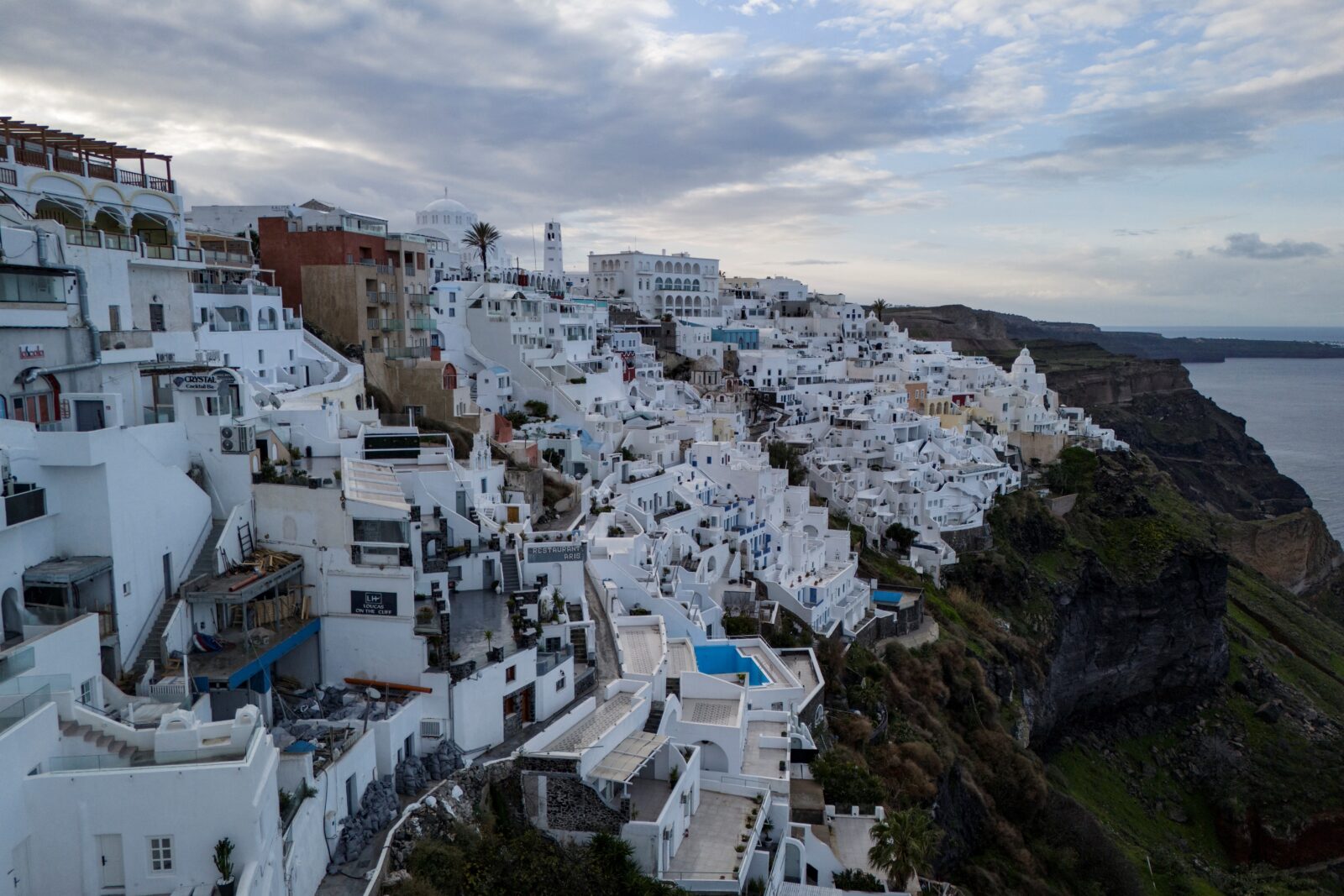
Seismologist Akis Tselentis suggested that a 6.0-magnitude earthquake is a possibility. He warned that while current tremors are within expected parameters, the situation remains dynamic.
Other experts caution against arriving at conclusions too quickly. Seismologist Manolis Skordilis argues that a standalone 6.0-magnitude earthquake is unlikely, as the accumulated energy from the seismic swarm has already reached an equivalent of 6.1, suggesting that further large tremors may not necessarily follow.
The unpredictability of seismic activity remains a key challenge. While some experts believe the tremors could decrease over time, others emphasize that continued movement along the fault lines means uncertainty remains high.
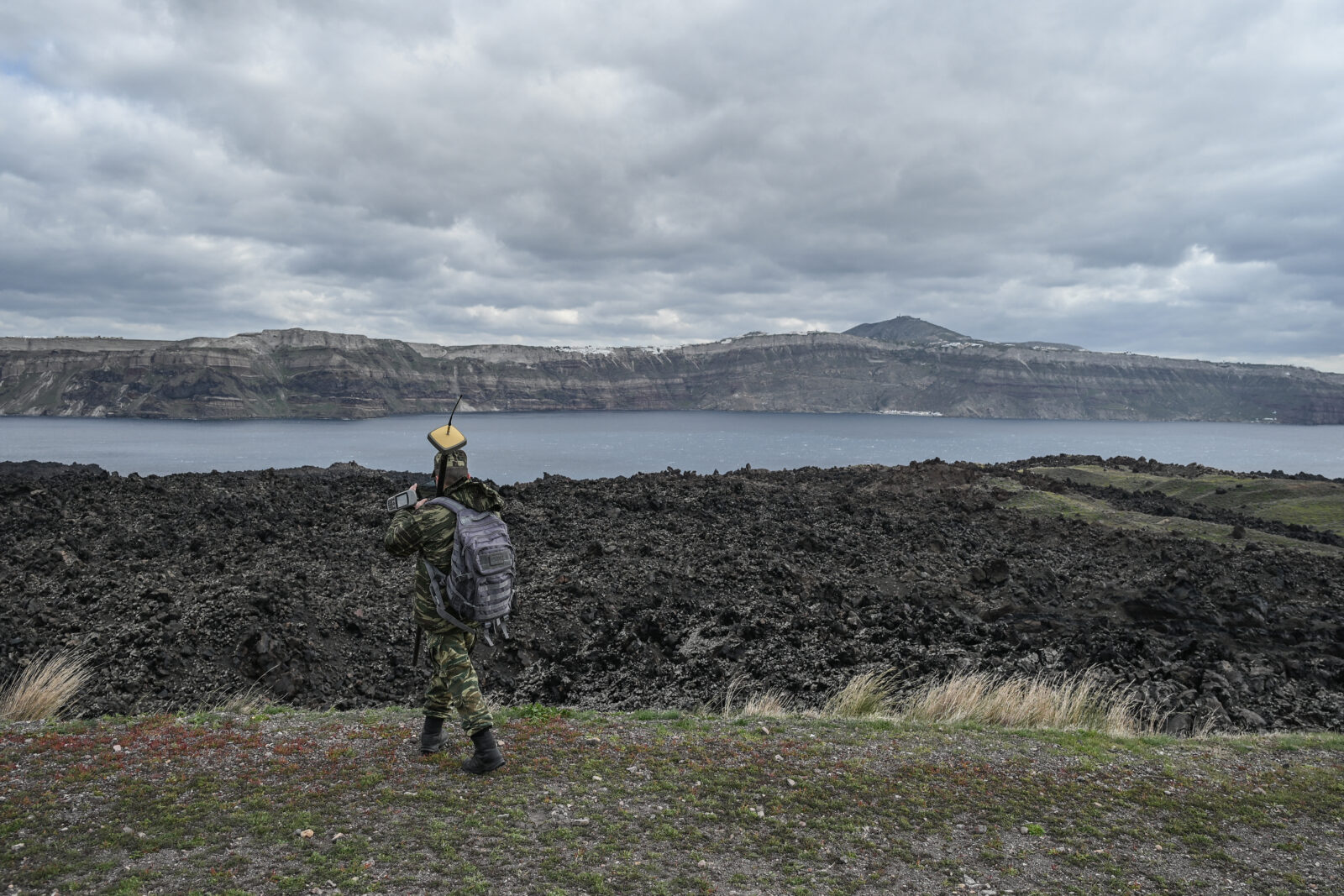
One of the biggest uncertainties is whether the earthquakes are linked to volcanic activity in Santorini.
Professor Evi Nomikou, a geological oceanographer and volcanologist, clarified that the current seismic events are unrelated to volcanic activity at Nea Kameni, Santorini's central volcanic island.
However, she acknowledged the importance of monitoring both the seismic and volcanic systems closely.
In contrast, Konstantinos Synolakis pointed to some signs that suggest a potential eruption.
However, experts stress that there is no certainty of an eruption. Many researchers argue that the current seismic activity is primarily tectonic rather than magmatic and that while volcanic monitoring is necessary, an eruption remains hypothetical.

Tsunami risks remain a concern, as past seismic events in the region have triggered destructive waves.
A scientific study led by Marilia Gogu and her team at the National and Kapodistrian University of Athens assessed the tsunami risks for Santorini, Anafi and Amorgos.
The study identified the eastern and southeastern coasts of Santorini as particularly vulnerable.
"A tsunami could flood the main power station on the island and even reach the airport if its magnitude is significant," the researchers stated.
For Anafi, the risk is lower due to steep coastal cliffs, with the exception of the port area. In Amorgos, the northern parts of the island, particularly the areas of Rachidi and Aegiali, are at higher risk due to their topography and human activity.
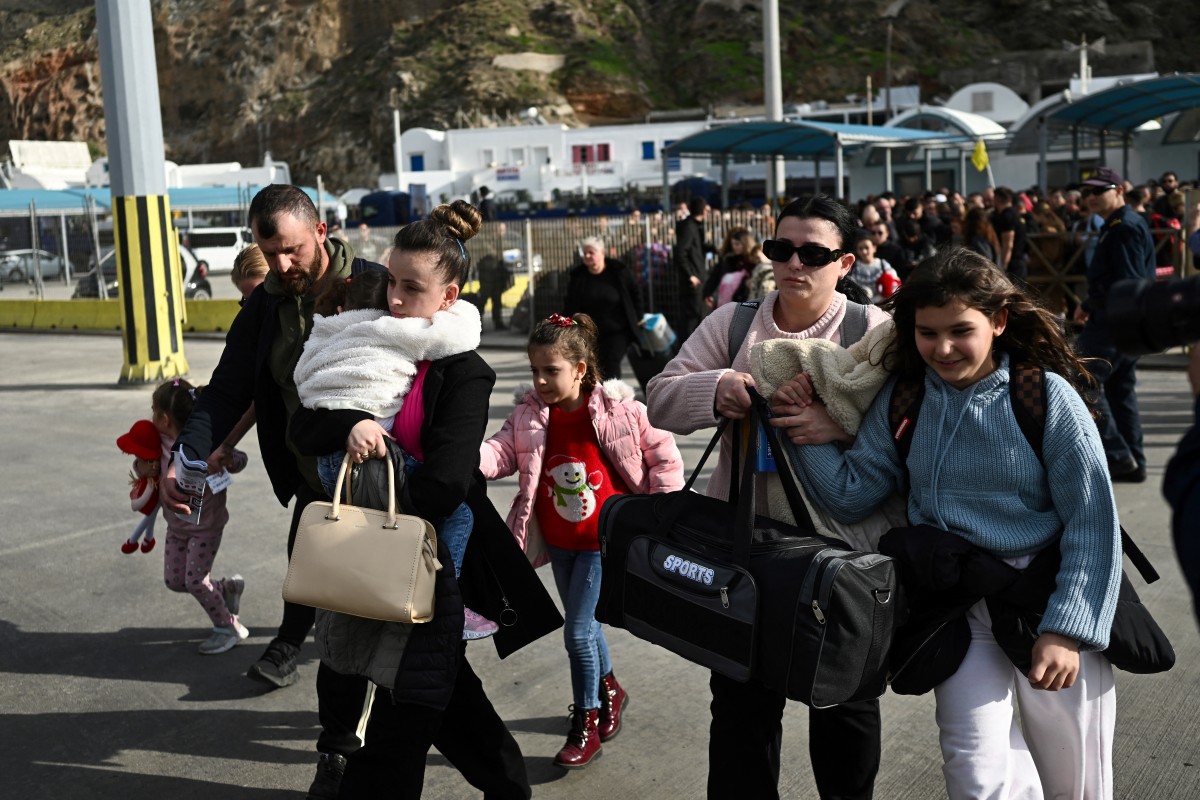
Seismologists remain divided on what the future holds. Professor Dimitris Papanikolaou suggested that a 6.0-magnitude earthquake is within expectations but manageable.
However, Kostas Papazachos, a professor of seismology, argued that a stronger earthquake cannot be ruled out.
Many experts agree that seismic activity is expected to persist for weeks or even months. While a sudden escalation is not guaranteed, ongoing tremors are likely.
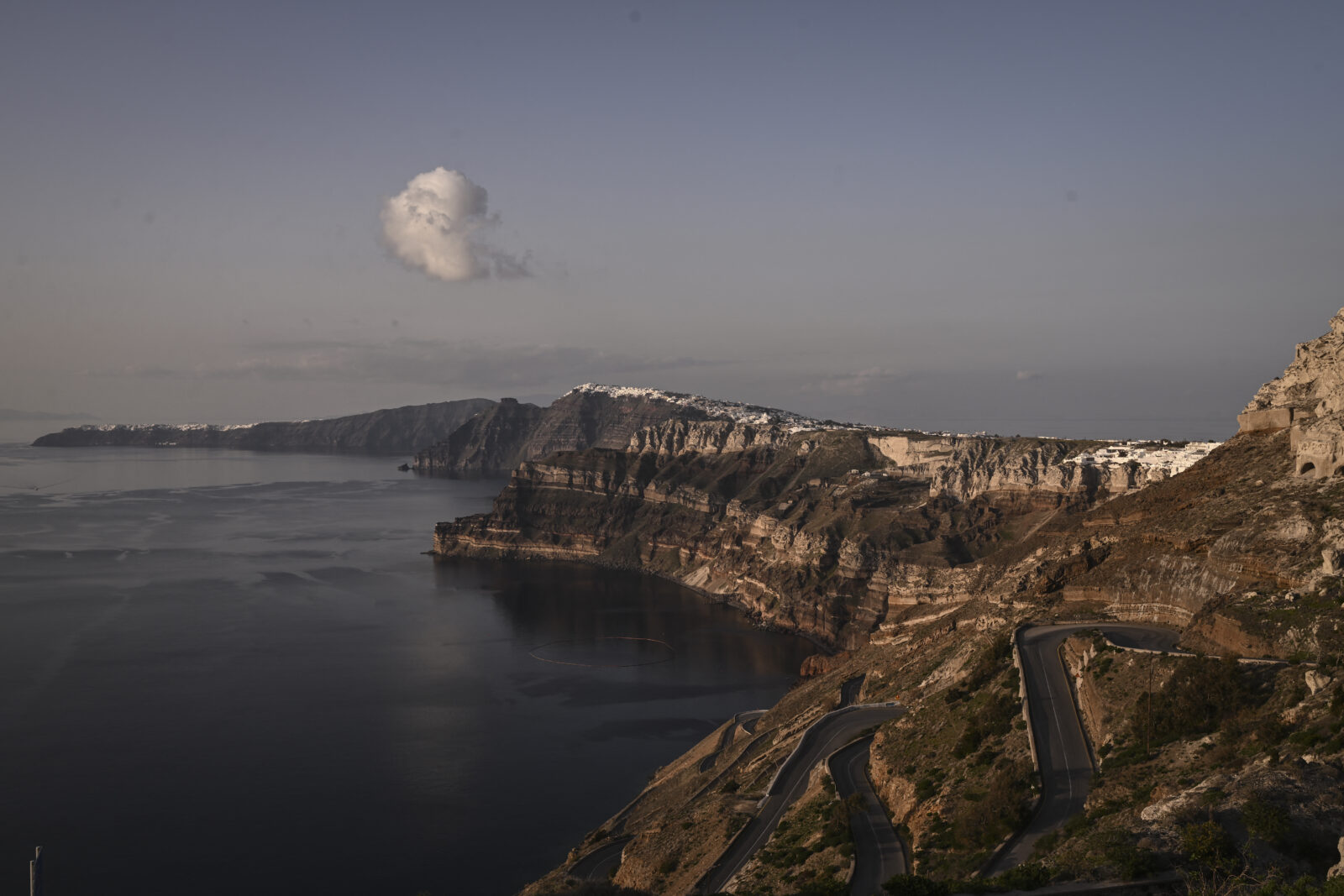
As of Feb. 12, experts remain cautious about making definitive predictions. While some argue that the seismic activity will gradually subside, others believe that continued tremors may persist for weeks or months.
Authorities continue to monitor the situation, urging residents and tourists to stay alert but not panic. While both earthquakes and volcanic activity remain possibilities, many researchers suggest that the ongoing tremors are part of a seismic swarm rather than an imminent catastrophic event.
The scientific community will reconvene on Feb. 15 to reassess the situation and issue new reports. Authorities have also declared a state of emergency for at least a month, indicating that continued monitoring and further decisions will follow beyond that date.